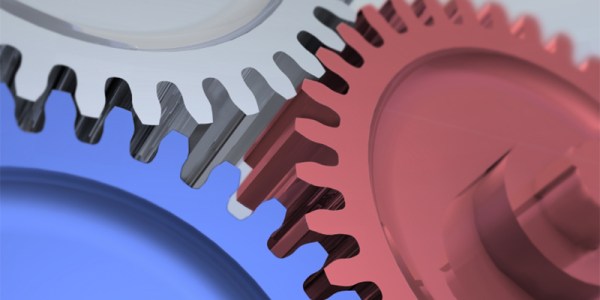Since China State Shipbuilding Corporation (CSSC) unveiled its KUN-24AP containership at the Marintec China Expo in Shanghai in early December of 2023, the internet has been abuzz about it. Not just because it’s the world’s largest container ship at a massive 24,000 TEU, but primarily because of the power source that will power this behemoth: a molten salt reactor of Chinese design that is said to use a thorium fuel cycle. Not only would this provide the immense amount of electrical power needed to propel the ship, it would eliminate harmful emissions and allow the ship to travel much faster than other containerships.
Meanwhile the Norwegian classification society, DNV, has already issued an approval-in-principle to CSSC Jiangnan Shipbuilding shipyard, which would be a clear sign that we may see the first of this kind of ship being launched. Although the shipping industry is currently struggling with falling demand and too many conventionally-powered ships that it had built when demand surged in 2020, this kind of new container ship might be just the game changer it needs to meet today’s economic reality.
That said, although a lot about the KUN-24AP is not public information, we can glean some information about the molten salt reactor design that will be used, along with how this fits into the whole picture of nuclear marine propulsion.
Continue reading “China’s Nuclear-Powered Containership: A Fluke Or The Future Of Shipping?”
















